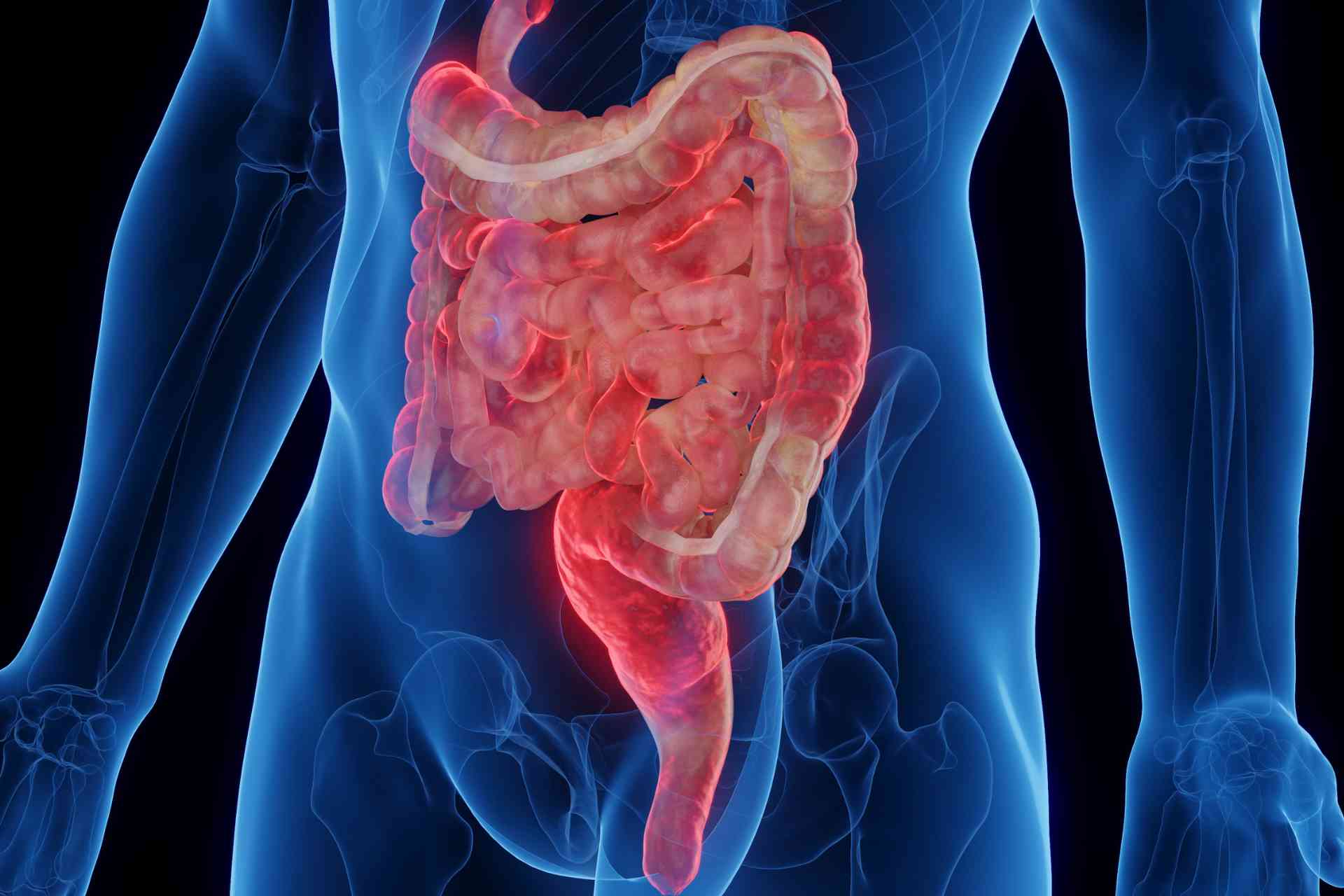What is already known
Alterations of the gut microbiota have been identified as the key factor in the onset of Crohn’s disease. But little is known about how exactly the microbiota is altered in the early stages of the condition and whether specific gut bacteria are related to its progression.
What this research adds
Researchers analyzed stool samples from 40 people with Crohn’s disease and found that they had a microbiota composition that differed from that of healthy individuals. Bacteria including Parabacteroides, Escherichia/Shigella, Enterococcus and Proteus were enriched in Crohn’s disease patients, whereas Roseburia, Coprococcus, Anaerostipes and others were common in controls. Some bacteria were associated with clinical parameters and symptoms of the condition.
Conclusions
The findings advance our understanding of bacterial dysbiosis in Crohn’s disease and may inform new therapeutic strategies.
Crohn’s disease is a type of inflammatory bowel disease that leads to abdominal pain, severe diarrhea and fatigue, among other symptoms. Now, researchers have characterized the gut microbiota alterations that accompany the onset of the disease.
The findings, published in Gut Pathogens, advance our understanding of bacterial dysbiosis in Crohn’s disease and may inform new therapeutic strategies.
Alterations of the gut microbiota have been identified as the key factor in the onset of Crohn’s disease, and microbial signatures can be used as a biomarker to distinguish people with the disease from and those without it. However, little is known about how exactly the microbiota is altered in the early stages of the condition and whether specific gut bacteria are related to its progression.
To characterize the gut microbiota alterations during the onset of Crohn’s disease, researchers led by Yuqi He, Peng Jin and Jianqiu Sheng at the Seventh Medical Center of PLA General Hospital analyzed stool samples from 40 people with the condition.
Microbiota dysbiosis
Individuals with Crohn’s disease had a microbiota composition that differed from that of healthy people, the researchers found. Patients in the early stages of the disease had unique bacterial signatures, with high levels of Lachnospiracea_incertae_sedis and Parabacteroides.
The team also found a reduction in several bacteria that produce short-chain fatty acids, including Blautia, Clostridium IV, Coprococcus, Dorea and Fusicatenibacter, in people with Crohn’s disease. These individuals also had high levels of Enterococcus, an opportunistic pathogen that can damage the DNA of the cells lining the gut.
Bacteria including Escherichia/Shigella, Enterococcus and Proteus were commonly found in people with advanced Crohn’s disease. Instead, bacteria such as Roseburia, Coprococcus and Anaerostipes were enriched in healthy controls.
Clinical associations
The researchers found that high levels of specific bacteria were associated with clinical parameters and symptoms of Crohn’s disease. For example, Escherichia/Shigella were linked to C-reactive protein, a biomarker of inflammation, and Ruminococcus 2 was associated with symptoms such as abdominal pain and diarrhea.
Microbial genes related to processes including cell motility, cell growth and death were increased in people at the early stages of Crohn’s disease, whereas genes related to neurodegenerative diseases, signaling molecules and infectious diseases were increased in people at later stages of the condition.
“Gut microbiota dysbiosis may be more reversible in the early stage of [Crohn’s disease] than in the progressed patients,” the researchers say. “Therefore, targeting intestinal microbiota in the early stage of [Crohn’s disease] may be more meaningful.”











